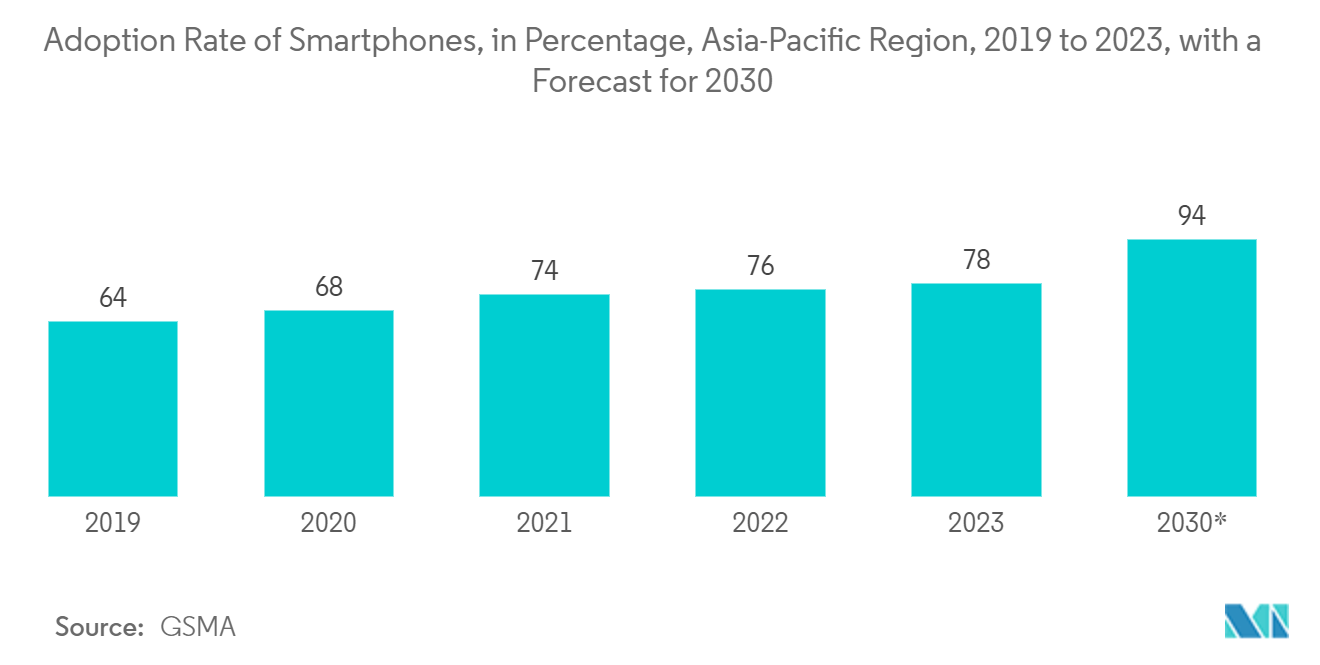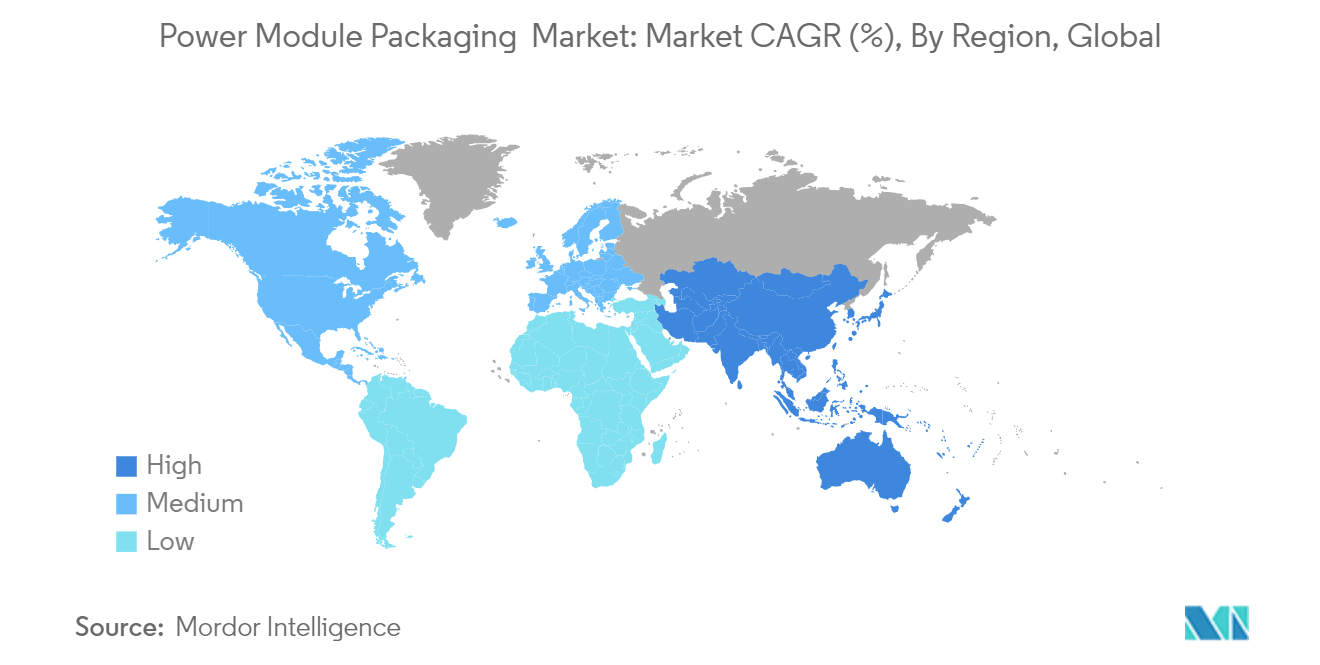Market Trends of Power Module Packaging Industry
Interconnections Holds Major Share
- The power modules are the key elements in the power inverters and converters. Power modules are commonly used in electric cars and other electric motor controllers, appliances, power supplies, electroplating machinery, medical equipment, battery chargers, AC to DC inverters and converters, power switches, and welding equipment. The power module packaging market’s growth is driven by a reduction in the wastage of energy, the use of efficient distributed cooling schemes, a reduction in footprint, and a consequent increase in power density.
- Interconnects are used to establish connections between different active and passive components within an electronic assembly that manages a system. Connectors are commonly utilized in telecommunications and consumer electronics applications, such as smartphones, laptops, computers, and TVs, and are driving the demand for innovative and advanced power module packaging solutions. For instance, as per GSMA, in 2023, the smartphone adoption rate across the Asia-Pacific region reached 78%. By 2030, smartphone adoption in APAC is projected to reach over 90%, which would drive the market growth.
- It is important to note that interconnection technology is a critical and necessary part of packaging. Chips are interconnected through packaging to receive power, exchange signals, and, ultimately, operate. As a semiconductor product's speed, density, and functions change depending on how the interconnection is made, interconnection methods constantly evolve and develop.
- Typically, power devices in a power module are interconnected using wire bonds for electrical connection and filled with silicone gel for insulation. Technologies such as large-diameter copper wire bonds, silver sintering, wirebondless interconnects, and planar flex-based packaging to improve the parasitic inductance and resistance, temperature capability, reliability, and thermal performance of new comprehensive band gap power modules have been implemented to varying degrees of success.
- Interconnections can be explained by the lifetime of a chip connection, which is mainly limited by active power cycles. The solder is sandwiched between the chip and substrate and can expand only in the Z-direction during active heating. This leads to fatigue of the solder body. Silver sintering, which is the transformation of a loose metal powder into a firmly bonded porous structure, has been introduced to extend the power cycling capability. Further, the interconnect is formed by sintering the smallest sphere-like particles, activated at low temperatures.

Asia-Pacific is Expected to Witness Major Growth
- The region is expected to occupy the highest share, owing to the increasing adoption of renewable energy and the rising number of electric/hybrid vehicles in countries like China. China has emerged as a dominant force in the renewable energy stage. The Chinese government has made significant strides in beginning a historic shift away from coal. Over the last decade, according to China's National Bureau of Statistics, coal's share of energy consumption decreased from 68.5% to 56%.
- The government is pushing for emissions reductions and improved air quality. According to Global Energy Monitor, China’s solar capacity is 228 gigawatts (GW), with wind capacity at a whopping 310 GW more than the rest of the world combined. China aims to hit its 2030 target of 1,200 GW, with another 750 GW of new wind and solar projects in the pipeline.
- India’s ambitious renewable energy goals are transforming its power sector. Renewable electricity is growing faster in India, and the new capacity additions are expected to double by 2026. As more efficient batteries will be used to store electricity, which will further reduce the cost of solar energy by 66% compared to the current price, renewable energy is expected to make up around 49% of total electricity generation by 2040.
- The Indian government's commitment to achieving net zero emissions by 2070 and increasing its renewable energy target to 500 GW by 2030 at the COP26 Summit has significantly contributed to industry growth. The government is taking several initiatives to boost India's renewable energy sector.


